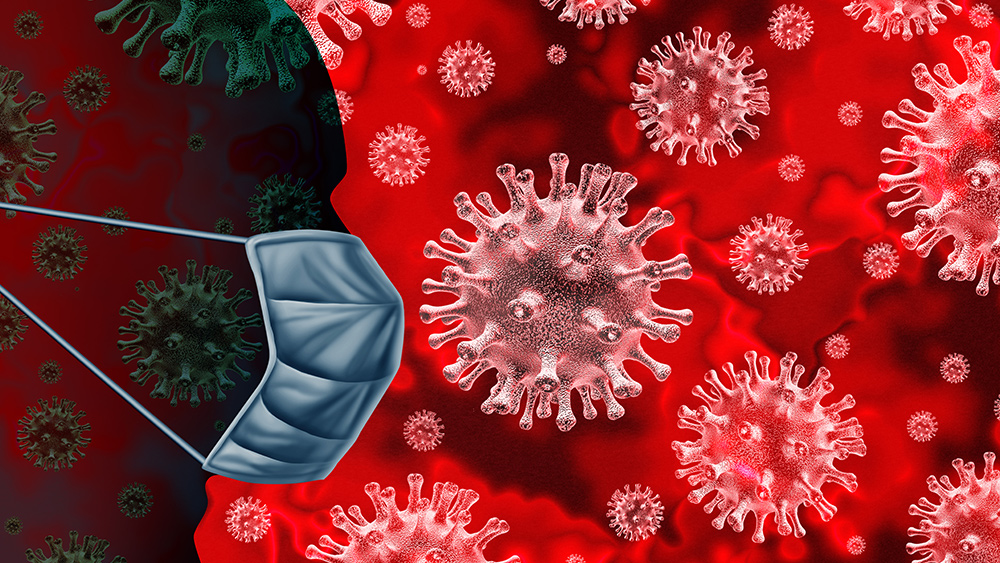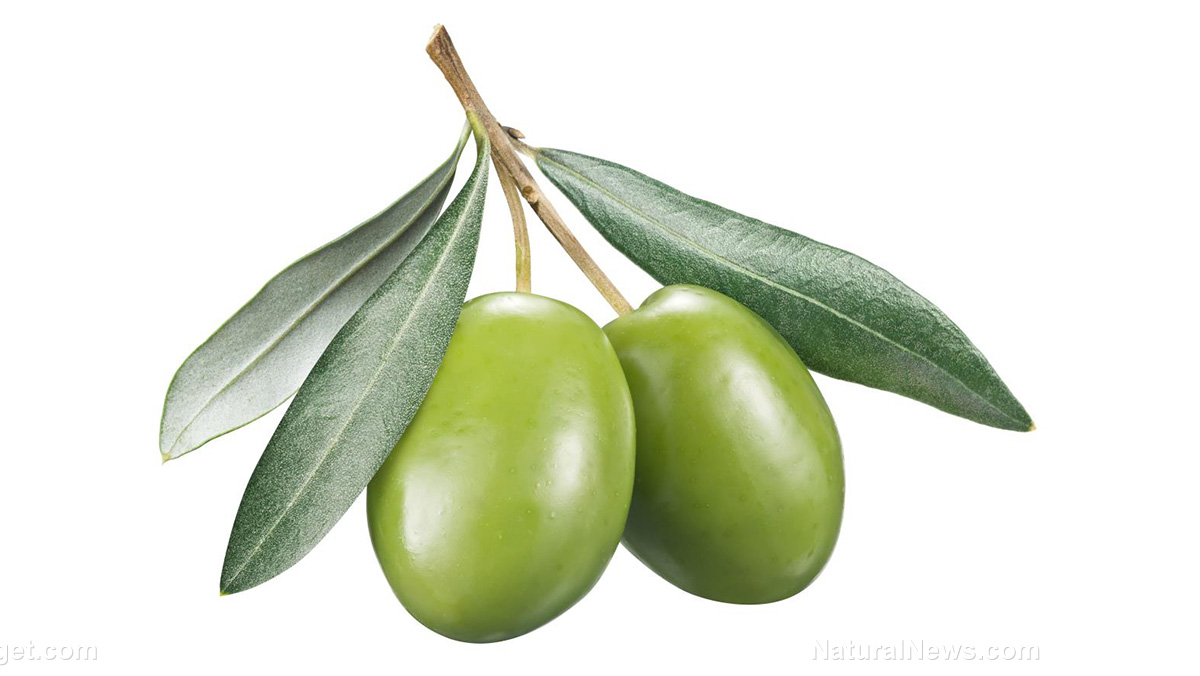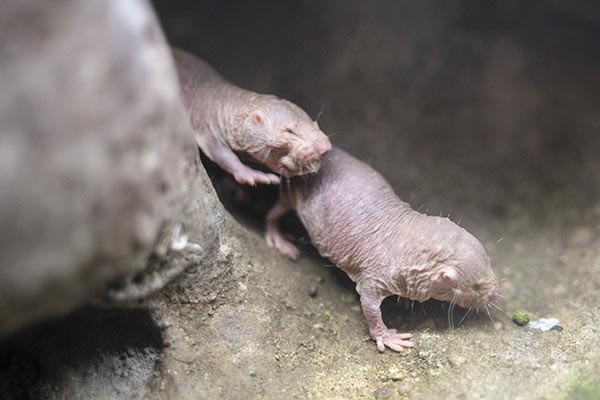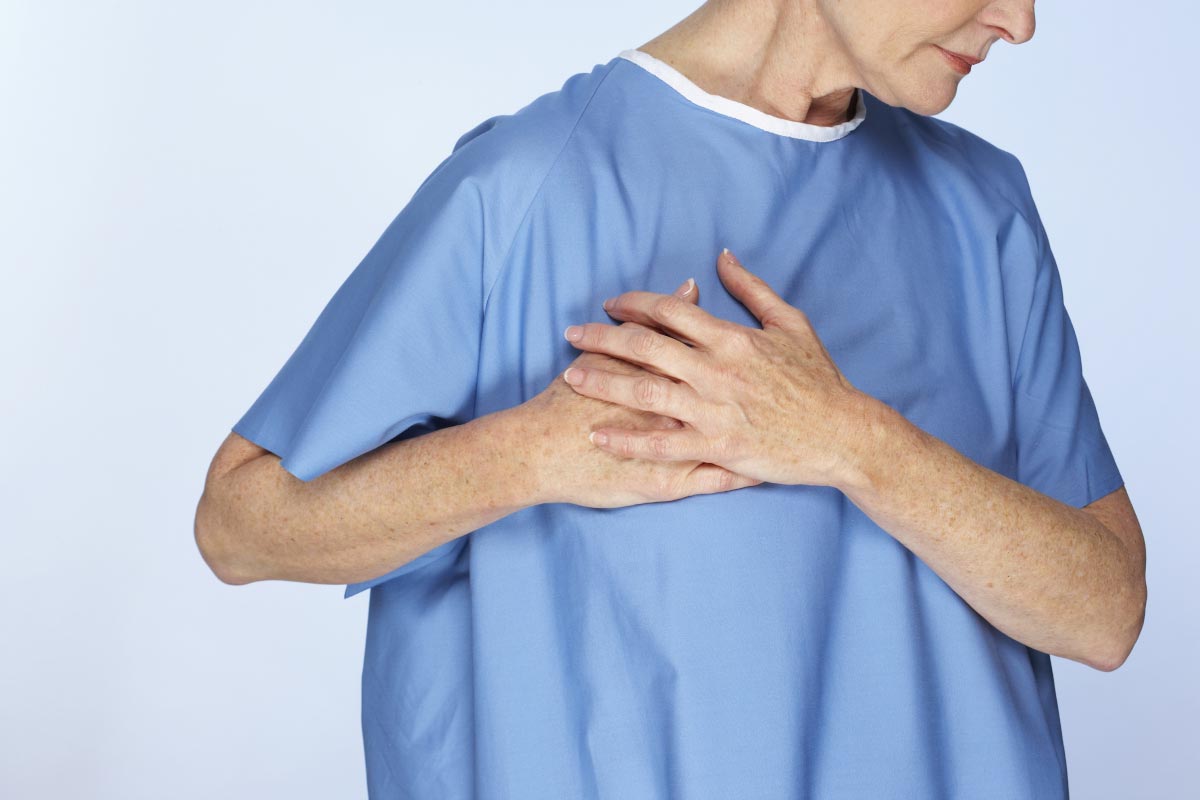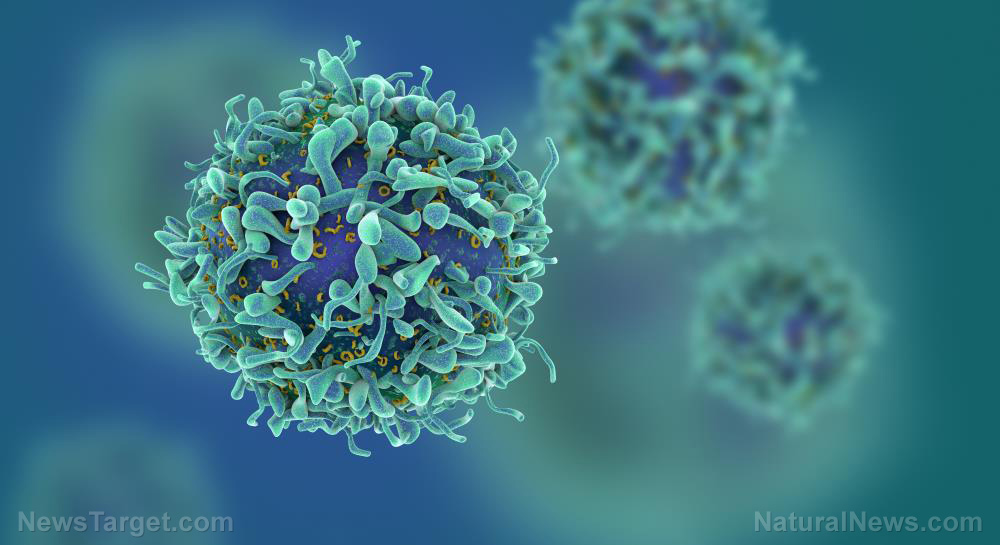Physiochemical and antimicrobial properties of medicinal plants from Cameroon
02/04/2020 / By Michael Alexander

Researchers from the University of Dschang in Cameroon investigated the essential oils from native Cameroonian spices in order to determine their composition and to find proof of their perceived antimicrobial and curative properties. Their findings were published in the Journal of Medical Plants Research.
- The essential oils from Aframomum citratum, Aframomum daniellii, Piper capense and Monodora myristica contain bioactive compounds with antimicrobial and antifungal properties.
- The main identified compounds in the essential oils are geraniol for A. citratum; eucalyptol, a-terpineol and geraniol for A. daniellii; B-pinene, germacrene D, trans-B-caryophyllene, A-pinene, naphthalene and sabinene for P. capense; A-phellandrene, germacradienol and D-cadinene for M. myristica.
- The researchers found that A. citratum essential oil was the most active against bacteria and fungi, followed in decreasing order by those of A. daniellii, P. capense and M. myristica.
- The antibacterial activity of the essential oil of A. citratum against methicillin-resistant Staphylococcus aureus (MRSA) and Escherichia coli was higher than that of the amoxicillin the researchers used as a reference drug.
- The combination of essential oils of A. citratum and A. daniellii displayed a synergistic effect.
- The cream-based essential oil of A. citratum (5%) and the reference drug baneocin eradicated the dermatosis induced with MRSA in rats after two weeks of treatment.
These results indicate that essential oils from Cameroonian spices are effective at treating skin infections, including those from antibiotic-resistant bacteria.
Read the full study at this link.
Journal Reference:
Sylvie CMD, Jean-De-Dieu T, Guy SSN, Pierre T, Jules-Roger K. CHEMICAL COMPOSITION AND ANTIMICROBIAL ACTIVITY OF ESSENTIAL OILS FROM AFRAMOMUM CITRATUM, AFRAMOMUM DANIELLII, PIPER CAPENSE AND MONODORA MYRISTICA. Journal of Medicinal Plants Research. 13 May 2019;13(9):173–187. DOI: 10.5897/jmpr2019.6768
Tagged Under: alternative medicine, Antimicrobial, essential oil, herbal medicine, Herbs, natural cures, natural medicine, remedies, research




